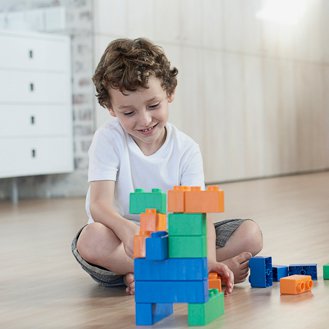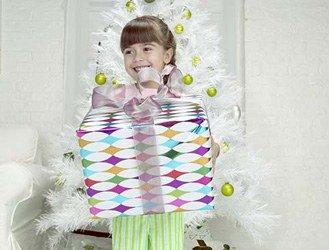Is the wooden puzzle more "safe" than the plastic car?
85% of the toys being made in China, is tracking the labels worth it?
And if there is no ecological guarantee, how is it done?
They contain what, these toys?
Chemical substances (bisphenol, phthalates, formaldehyde, lead), as they are in everyday products, from chest of drawers to kitchen utensils. One is vigilant especially for the under 3 years, which carry everything to the mouth and whose immune system is still immature.
Is the wooden puzzle more "safe" than the plastic car?
Yes, if it is made of rough and solid wood. But you can crack for plastic without putting your child at risk. Since 2008, a new European directive on toy safety has limited or prohibited the presence of certain toxic substances, and manufacturers have made an effort to create toys that are "PVC-free" and "phthalate-free". If this has not been found on the package, the product is aerated at least two days before delivery.
85% of the toys being made in China, is tracking the labels worth it?
Of course. Independent labels such as Ecocert or Oeko-Tex are preferred on fabric toys, guaranteed 100% organic or without allergenic substances. Or Spiel Gut certifying the absence of any toxic substances.
And if there is no ecological guarantee, how is it done?
We prefer natural materials such as cotton, rubber, wood ... And if we cracked for a baby who stings the plastic, we wash it before depositing it at the foot of the fir. It puts the price - quality, it is rarely cheap - and avoids advertising gifts or miniature dolls that fall outside the regulations on toys. Electronic toys are reserved for older children by consulting the list of manufacturers that reduce the use of toxic substances on www.greenpeace.org/international/en/campaigns/toxics/electronics/Guide-to-Greener-Electronics
Thanks to Elisabeth Ruffinengo, Project Officer at WECF (Women in Europe for a Common Future). Toys to download on www.wecf.eu



